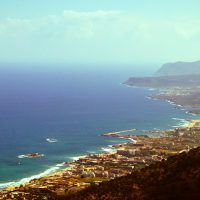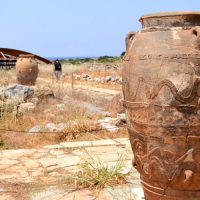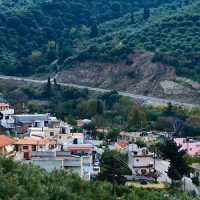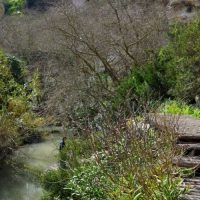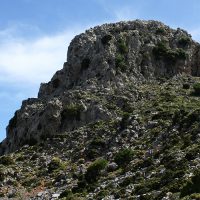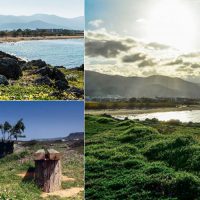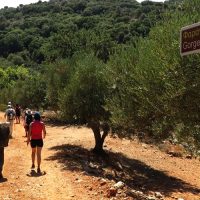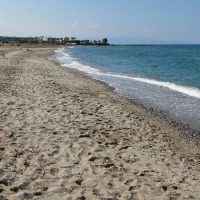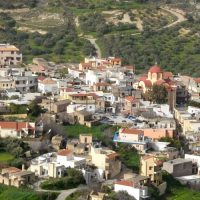Description
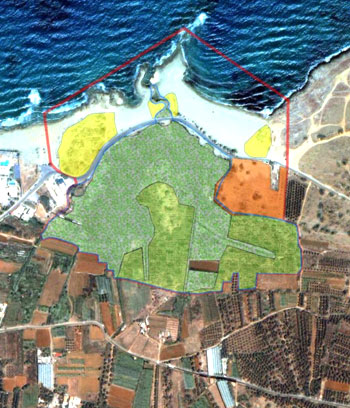 The Malia Wetland is a natural wetland in the Municipality of Chersonissos and is located at Potamos, 2.4 km northeast of the settlement of Malia. It is encoded and registered under the name “Elos Palias Malias” by the Greek Biotope Wetland Center, according to WWF. The wetland is covered with water which springs from Mount Selena giving Malia its rich waters.
The Malia Wetland is a natural wetland in the Municipality of Chersonissos and is located at Potamos, 2.4 km northeast of the settlement of Malia. It is encoded and registered under the name “Elos Palias Malias” by the Greek Biotope Wetland Center, according to WWF. The wetland is covered with water which springs from Mount Selena giving Malia its rich waters.
The human activities in the wetland of Malia began in the Minoan era and have been continued until today. The area of the wetland was cultivated seasonally. It was drained with six artificial canals and during the summer months, the water for watering the crops was from the wells. The canals funneled the water into a stream where a water mill, “the mill of Kastellianos” operated. On the coast, there are still the waterways which were opened at that time but also a stone-built bridge that was recently renovated. WWF Greece’s aerial photography survey, during the period 1945-2008, shows that during the years 1945-1966, the area was cultivated systematically by having less wetland elements. In the 1970s, the gradual abandonment of cultivation with the simultaneous development of tourist activities took place and thus the coastal area started to be covered by wetland vegetation. In 1997, the reed area of Malia was the largest of Crete.
A decisive role in the conservation of the Malia Wetland and the Potamos river was their integration and as a result the protection as a part of archaeological site of the Palace of Malia in 1991. This fact prevented the construction of buildings while the human activities were controlled and the area preserved its natural characteristics. Today, the wetland is the most well-preserved coastal area. Its value in the environment is essential as it enriches the area with water, discharges the underground waters, stabilizes the coastline from the sea erosion and simultaneously prevents the conversion of arable land to infertile one.
It is a coastal wetland system of 146 acres including brackish water sources, fields with water and a place with reeds of 91 acres. During the winter months, almost all of the area is flooded with water and is drained through old channels creating an impressive river heading to the sea. South and east of the wetland, there are seasonally flooded areas in part of which agricultural and livestock farming activities are carried out. To the east, there is an area of 12 acres of bushes and vegetation grown mainly on sand.
Malia Wetland is a wetland of a particular importance as its reeds are an ideal shelter for several species of birds and animals and also preserves several species of coastal vegetation which are disappeared due to the construction on the other coasts of the island. In the wetland area, a wide variety of species, that are rare or threatened with extinction, can find food or can be reproduced, and as a result, their uninterrupted presence contributes to biodiversity and is an indication of a living ecosystem.
Attributes
- Travel activities RECREATION
- Location Malia Region
- Listing categories RECREATION



